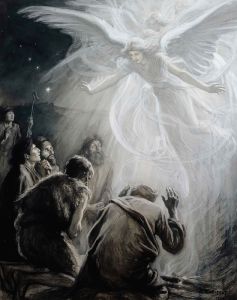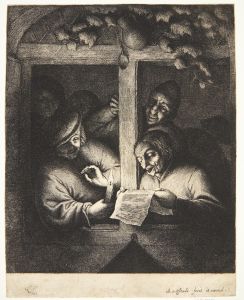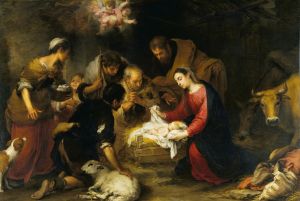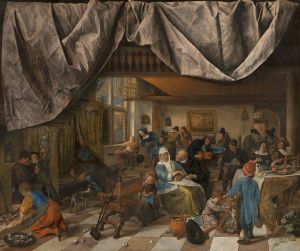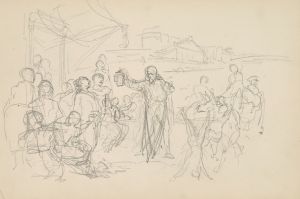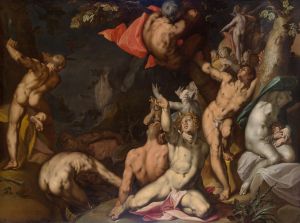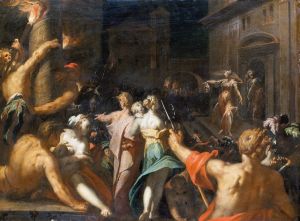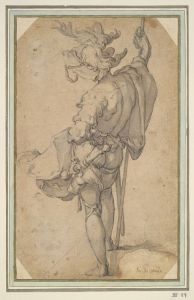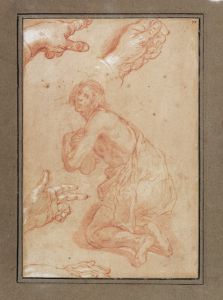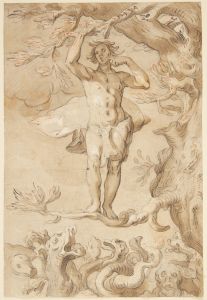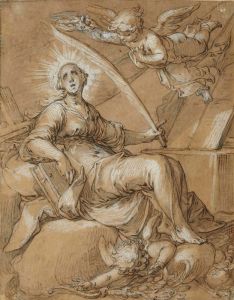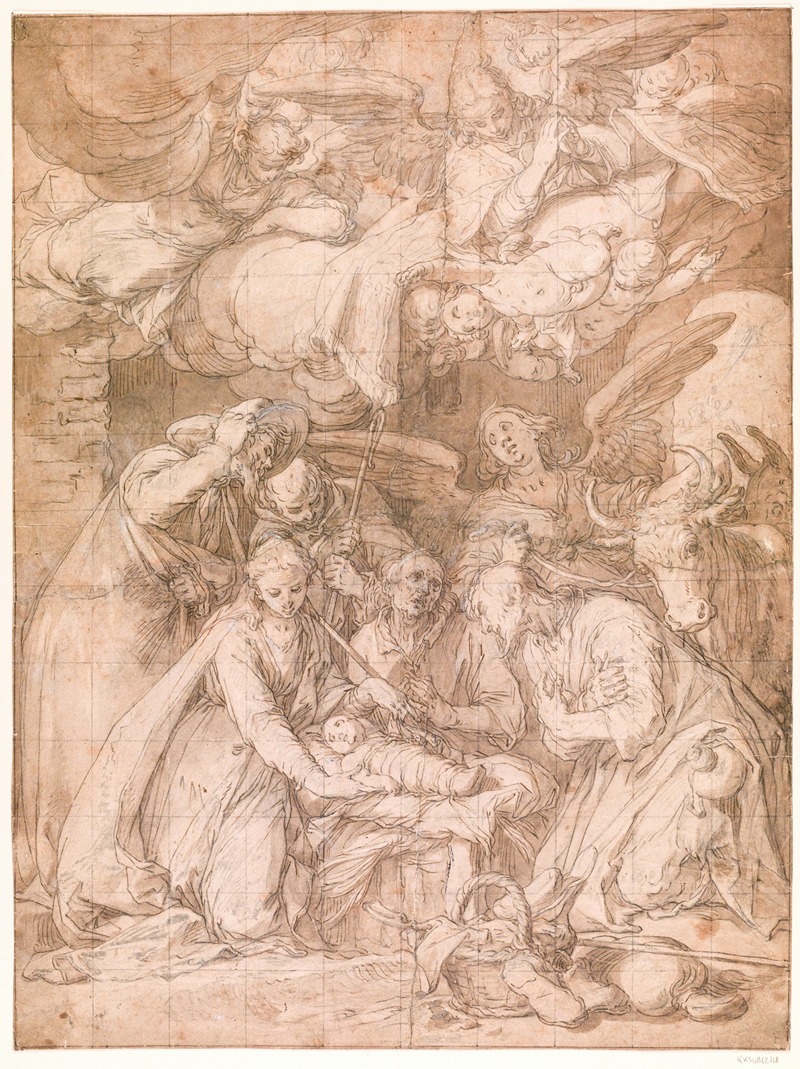
The worship of the shepherds
A hand-painted replica of Abraham Bloemaert’s masterpiece The worship of the shepherds, meticulously crafted by professional artists to capture the true essence of the original. Each piece is created with museum-quality canvas and rare mineral pigments, carefully painted by experienced artists with delicate brushstrokes and rich, layered colors to perfectly recreate the texture of the original artwork. Unlike machine-printed reproductions, this hand-painted version brings the painting to life, infused with the artist’s emotions and skill in every stroke. Whether for personal collection or home decoration, it instantly elevates the artistic atmosphere of any space.
Abraham Bloemaert's "The Worship of the Shepherds" is a notable work of art from the early 17th century, exemplifying the Dutch painter's mastery in combining religious themes with the stylistic elements of the Baroque period. Bloemaert, born in 1566 in Gorinchem, was a pivotal figure in the Utrecht School and played a significant role in the transition from Mannerism to Baroque in Northern European art.
"The Worship of the Shepherds" depicts the biblical scene of the Nativity, where shepherds visit the newborn Jesus Christ, an event described in the Gospel of Luke. This theme was a popular subject in Christian art, symbolizing the recognition of Christ's divinity by humble and faithful witnesses. Bloemaert's interpretation of this scene is characterized by its dramatic use of light and shadow, a hallmark of Baroque art, which serves to highlight the central figures of the composition.
In the painting, the infant Jesus is typically placed at the center, surrounded by Mary and Joseph, with the shepherds gathered around in adoration. Bloemaert's use of chiaroscuro, the contrast between light and dark, draws the viewer's attention to the holy family, creating a sense of intimacy and reverence. The shepherds, depicted with expressive faces and gestures, convey a sense of awe and devotion, emphasizing the spiritual significance of the moment.
Bloemaert's attention to detail is evident in the rendering of the figures' clothing and the rustic setting, which adds a layer of realism to the scene. The artist's skillful use of color and composition not only enhances the narrative but also reflects the influence of Italian Baroque artists, whom Bloemaert admired and studied during his travels.
Throughout his career, Bloemaert was known for his versatility and ability to adapt to changing artistic trends. He was a prolific artist, producing a wide range of works, including religious scenes, landscapes, and portraits. His contributions to the Utrecht School were significant, as he trained many pupils who went on to become prominent artists in their own right, such as Gerard van Honthorst and Hendrick ter Brugghen.
"The Worship of the Shepherds" is a testament to Bloemaert's ability to convey religious themes with emotional depth and technical precision. The painting reflects the broader cultural and artistic shifts of the time, as the Baroque style sought to engage viewers through dynamic compositions and heightened emotional expression.
Today, Abraham Bloemaert's works, including "The Worship of the Shepherds," are appreciated for their historical and artistic significance. They offer insight into the religious and cultural context of the 17th century and continue to be studied and admired for their contribution to the development of European art. Bloemaert's legacy endures through his paintings and the influence he had on subsequent generations of artists.





